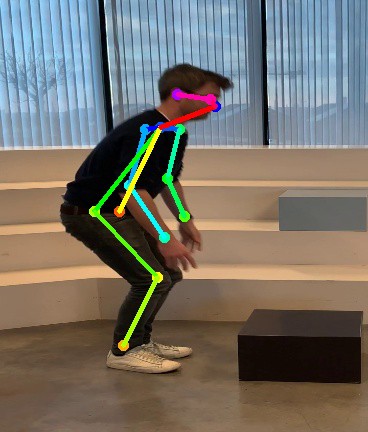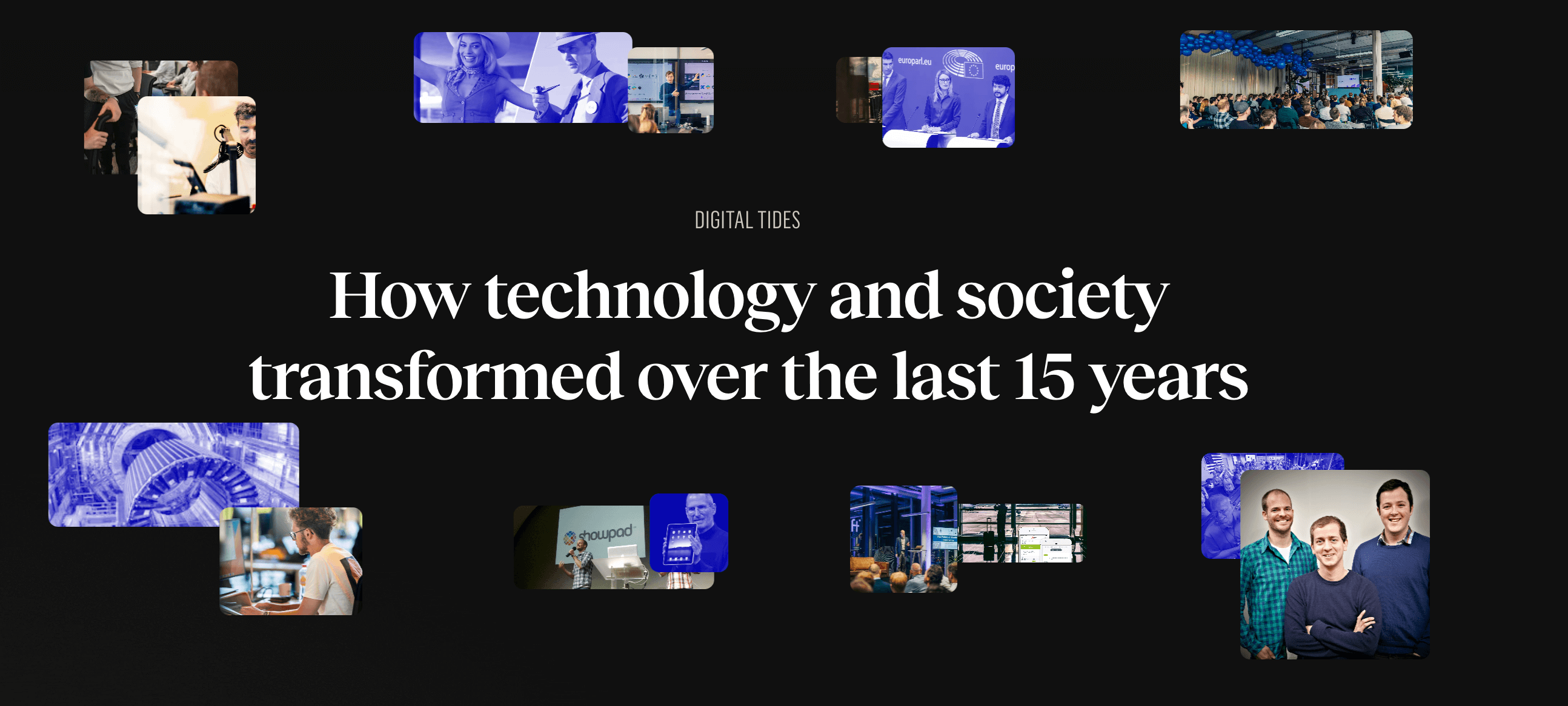While scoping the possibilities of AI for ergonomic purposes at In The Pocket, we wanted to make a proof of concept that could quantify the ergonomic quality of certain physical actions. In industrial manufacturing, ergonomics always has been an important topic, since employee health improves wellbeing and eliminates potential costs. When looking at bad ergonomics we think of repetitive tasks and bad posture. The strain in the back caused by these activities can induce irreversible long term inflictions. We decided that this was an excellent use case to tackle and put on our AI hat to address this!
A good or bad lift is defined by the lifting angle of a person’s back relative to the vertical plane. Scientifically it has been proven that the load of the lift is less damaging when lifting an object with a straight back as opposed to lifting with a bent back. The main reason for this is that lifting with a straight back only induces compression loads, while lifting with a bent back also induces a moment load.

So how are we going to measure this? Essentially we need to calculate the angle of the back relative to the vertical plane. In order to do this, we used a deep learning library called TF-Openpose. TF-openpose contains a pre-trained neural network called ‘Posenet’ which can be used to very accurately estimate the pose of a person. TF-openpose does this by predicting ‘landmarks’ or ‘parts’, which are points on the body. Connected ‘parts’ form pairs and all these pairs form a stick figure. For this use-case, we’re interested in the pair which connects the hip and neck since it corresponds to the subjects back. We use this pair to calculate the angle against the vertical plane.
In the first clip, on the left, a good lift is depicted, where you can see that the lifting angle stays relatively low and in the green zone, in the second clip on the right, however, we can see that the lifting angle increases and goes into the red zone.
We’ve found a way to objectively determine if a lift has been conducted in a good or bad fashion. The fact that this technique can be implemented on images, without extra input data, is an added bonus. This way this technique can be applied to an existing camera feed that might be on the factory/work floor already, without additional sensors or other hardware. This technique can be used to give employees immediate feedback while lifting, or for increasing awareness around good posture.
.avif)






.png)
.avif)